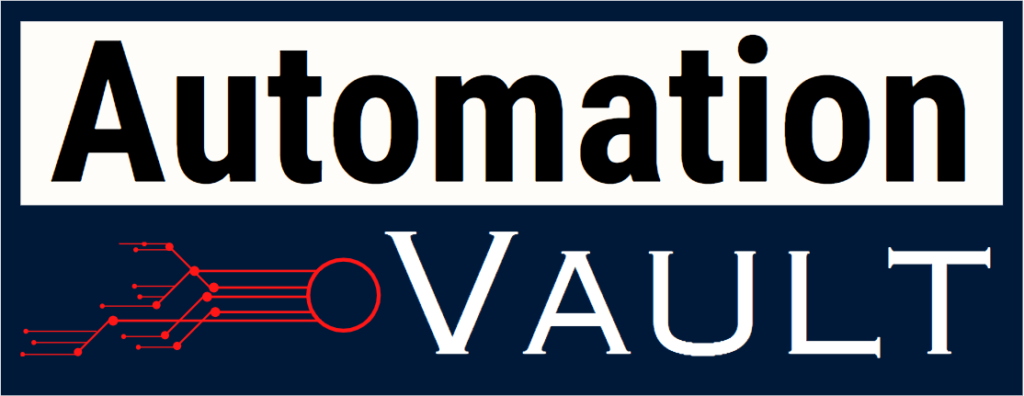In the dynamic realm of industry, the term “smart factory” is not just a futuristic concept but a transformative reality. It signifies a seismic shift from traditional manufacturing paradigms, ushering in an era where intelligence, connectivity, and innovation converge. Let’s embark on a journey to unravel the intricacies of smart factories, exploring their core components, benefits, challenges, and the profound impact they have on the manufacturing landscape.
Understanding the Smart Factory Concept
At its essence, a smart factory represents a departure from conventional manufacturing approaches, embracing a holistic integration of advanced technologies. The linchpin of this paradigm shift is the amalgamation of cutting-edge technologies like the Internet of Things (IoT), artificial intelligence (AI), automation, and data analytics.
Core Components of Smart Factories
- Internet of Things (IoT): In the realm of smart factories, the Internet of Things acts as the nervous system, fostering seamless communication among machines, sensors, and devices. This interconnected network facilitates real-time data exchange, enabling a synchronized and responsive production ecosystem.
- Automation and Robotics: Smart factories liberate human workers from mundane and repetitive tasks, delegating them to automation and robotics. This not only elevates operational efficiency but also enhances precision, consistency, and the overall quality of manufacturing processes.
- Data Analytics and Artificial Intelligence: The marriage of data analytics and artificial intelligence is a game-changer. Smart factories harness the power of AI to analyze vast datasets, providing actionable insights for predictive maintenance, quality control, and performance optimization.
- Digital Twin Technology: Imagine having a virtual mirror reflecting every nuance of your factory’s physical processes. Digital twin technology creates a virtual replica, allowing for simulation, monitoring, and optimization. It’s akin to having a backstage pass to the inner workings of your production line.
- Cloud Computing: The cloud serves as the backbone of smart factories, offering a scalable and collaborative environment for data storage, processing, and analysis. This facilitates accessibility to information from anywhere and empowers the implementation of advanced analytics and machine learning algorithms.
Benefits of Embracing the Smart Factory Model
- Enhanced Efficiency: Real-time monitoring, automated processes, and data-driven decision-making synergize to optimize efficiency, reduce downtime, and enhance overall productivity.
- Cost Reduction: Automation, predictive maintenance, and resource optimization contribute to substantial cost savings, making smart factories economically viable in the long run.
- Improved Quality: Stringent quality control mechanisms powered by advanced analytics ensure that products meet the highest standards, minimizing defects and enhancing overall product quality.
- Flexibility and Adaptability: Unlike their traditional counterparts, smart factories are inherently flexible and adaptive. They can swiftly adjust to changes in production specifications, volume, or other variables.
- Empowered Workforce: Contrary to the fear of job displacement, automation in smart factories empowers the workforce. Human employees can focus on tasks that require creativity, problem-solving, and innovation, contributing to a more engaged and skilled workforce.
Challenges on the Horizon
While the vision of smart factories is undeniably promising, the road to this future is not without its challenges.
- High Initial Investment: The transition to a smart factory necessitates a significant upfront investment in technology and infrastructure, posing financial challenges for some manufacturers.
- Workforce reskilling: The introduction of new technologies demands a skilled workforce. Reskilling programs have become imperative to equip employees with the knowledge required to navigate the digital landscape.
- Data Security Concerns: With increased connectivity comes the pressing need for robust cybersecurity measures. Protecting sensitive data from potential threats becomes a paramount concern in the era of smart manufacturing.
- Integration Complexities: Integrating new technologies seamlessly with existing systems can be a complex task, requiring meticulous planning and execution to avoid disruptions in the production process.
The Future Is Now

In conclusion, smart factories represent more than a technological evolution; they signify a fundamental shift in how we approach manufacturing. As manufacturers navigate the challenges and reap the benefits of this paradigm shift, smart factories are becoming the new norm, shaping the future of the industry. Embracing this transformative journey requires a strategic vision, a commitment to ongoing improvement, and a willingness to invest in the technologies that define the future of manufacturing.
The assembly line has evolved, and the smart factory is at the forefront, leading the way into a more connected, efficient, and innovative era of manufacturing. Welcome to the future—welcome to the smart factory revolution. The manufacturing landscape is evolving, and those who embrace this evolution are not just building products; they are building the future.


Leave a Reply